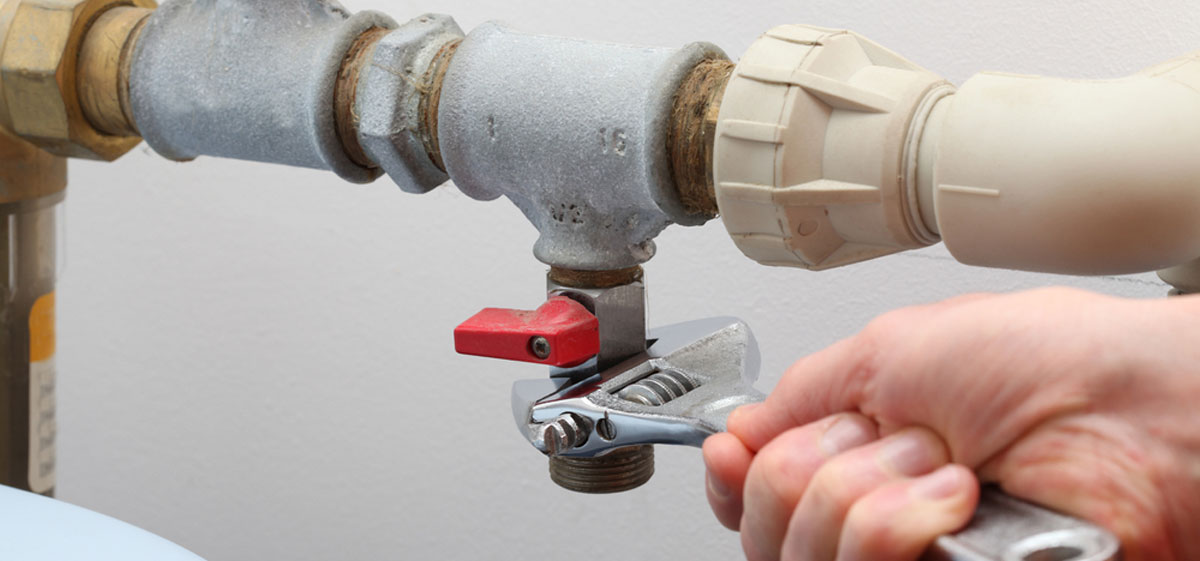

Articles
How To Shut Water Off To Water Heater
Modified: October 19, 2024
Learn how to shut off the water supply to your water heater with this informative article. Ensure safety and prevent damage by following these step-by-step instructions.
(Many of the links in this article redirect to a specific reviewed product. Your purchase of these products through affiliate links helps to generate commission for Storables.com, at no extra cost. Learn more)
Introduction
When it comes to home maintenance and repairs, knowing how to shut off the water to your water heater is an essential skill. Whether you’re planning on replacing the unit or need to perform maintenance tasks, being able to safely turn off the water supply is crucial. Understanding the step-by-step process can help you avoid potential accidents and ensure a smooth operation.
In this article, we will guide you through the process of shutting off the water to your water heater. We’ll cover the necessary steps, including locating the shut-off valve, turning off the power, shutting off the hot and cold water supply, and draining the water heater.
By following these guidelines, you will learn how to safely and effectively shut off the water to your water heater, ensuring a trouble-free experience.
Key Takeaways:
- Master the process of shutting off your water heater to ensure safe and efficient maintenance, repairs, or replacements. Prioritize safety, follow the step-by-step guide, and consult a professional if needed.
- Regular maintenance, including shutting off the water supply and draining the tank, can extend the lifespan and improve the efficiency of your water heater. Take precautions, follow the guidelines, and enjoy reliable hot water for your household needs.
Read more: How To Shut Off Water
Step 1: Locate the Water Shut-Off Valve
The first step in shutting off the water to your water heater is locating the water shut-off valve. This valve is typically located on the cold water supply line that feeds water into your water heater. The shut-off valve can be either a lever-style valve or a traditional round valve.
To locate the shut-off valve, start by looking for a pipe connected to your water heater. Trace this pipe until you find a valve along the line. The shut-off valve is usually located within a few feet of the water heater, but it may be in different positions depending on the installation.
If you have trouble locating the shut-off valve, refer to your water heater’s user manual or consult a professional plumber for assistance.
Once you’ve identified the shut-off valve, make sure it’s easily accessible and not obstructed by any objects. Clear the area around the valve to ensure you have enough space to operate it.
Remember, shutting off the water supply to your water heater is crucial to prevent any leakages or accidents during maintenance or repairs. Take the time to familiarize yourself with the location of the shut-off valve to make future tasks easier and safer.
Step 2: Turn Off the Power to the Water Heater
Before proceeding with shutting off the water supply to your water heater, it’s important to turn off the power to the unit. This step ensures your safety and prevents any potential electrical hazards.
To turn off the power, locate the circuit breaker or fuse box that controls the water heater. The circuit for the water heater should be labeled accordingly. If you’re unsure which circuit it is, consult your electrical panel diagram or contact a qualified electrician for assistance.
Once you’ve found the correct circuit, switch off the circuit breaker or remove the fuse that corresponds to the water heater. This action disconnects the power supply, ensuring that no electricity is flowing to the unit while you work on shutting off the water supply.
It’s important to note that some water heaters may have a separate power switch located directly on the unit. If your water heater has this feature, you should turn off the power using that switch in addition to switching off the circuit breaker/fuse.
Once the power is successfully turned off, verify that the water heater is no longer operational by testing the hot water faucets in your home. If the water doesn’t get hot, this indicates that the power to the water heater has been properly shut off.
Remember, safety should always be the top priority when working with any electrical appliances. Take the necessary precautions and ensure the power is completely off before proceeding with the next steps.
Step 3: Shutting Off the Hot Water Supply
After turning off the power to the water heater, the next step is to shut off the hot water supply. This step ensures that no hot water continues to flow into the water heater while you work on it.
To shut off the hot water supply, locate the hot water outlet pipe connected to the top of the water heater. This pipe is typically labeled as the hot water outlet or identified by a red indicator. Follow the pipe until you find a valve or knob that controls the flow of hot water.
Once you’ve located the valve, turn it clockwise (to the right) to close it. This action will stop the hot water from entering the water heater. Depending on the type of valve, you may need to use a wrench or pliers to grip and turn it. Make sure to turn the valve tightly to ensure a complete shut-off.
After closing the hot water supply valve, verify that no hot water is flowing from any faucets in your home. Turn on the hot water taps and check for any water flow. If you notice any water coming out, it indicates that the hot water supply is not fully shut off. In this case, double-check the valve and tighten it if necessary.
Shutting off the hot water supply is crucial to prevent any hot water from filling the tank while you work on the water heater. By taking this step, you minimize the risk of accidental scalding or damage during maintenance or repairs.
Remember, safety should always come first. Take the necessary precautions and ensure that the hot water supply is completely shut off before proceeding further.
Locate the shut-off valve on the cold water supply line leading to the water heater. Turn the valve clockwise to shut off the water supply to the water heater.
Step 4: Shutting Off the Cold Water Supply
Once you have successfully shut off the hot water supply, it’s time to turn off the cold water supply. This step ensures that no additional water enters the water heater while you work on it.
Locate the cold water inlet pipe connected to the top of the water heater. This pipe is typically labeled as the cold water inlet or identified by a blue indicator. Trace the pipe until you find a valve or knob responsible for controlling the flow of cold water.
When you find the valve, turn it clockwise (to the right) to close it. This action will stop the cold water from entering the water heater. Just like with the hot water supply valve, you may need to use a wrench or pliers to grip and turn the valve. Ensure that the valve is tightly closed to prevent any water from flowing through.
After closing the cold water supply valve, open a nearby hot water faucet in your home to relieve any pressure in the water heater. This step allows air to enter the tank, facilitating the draining process later on.
Verify that no water is coming out of the hot water faucet you opened. If water continues to flow, it means that the cold water supply valve is not fully closed. Double-check the valve and tighten it as needed to completely shut off the water supply.
Shutting off the cold water supply is essential to prevent any new water from entering the water heater while you perform maintenance or repairs. By taking this step, you ensure that the tank remains empty and that you can safely proceed with the next steps.
Remember, always prioritize safety and ensure that the cold water supply valve is completely closed before moving forward.
Read more: How To Shut Off Water To House In Basement
Step 5: Draining the Water Heater
Now that you have successfully shut off the hot and cold water supplies, it’s time to drain the water heater. Draining the tank is an important step to remove any remaining water and sediment that may have accumulated over time.
Start by locating the drain valve at the bottom of the water heater. The drain valve is typically a small brass or plastic valve with a hose attachment point. Place a bucket or a large container beneath the valve to catch the draining water.
Once your container is in place, carefully open the drain valve by turning it counterclockwise (to the left). Slowly open the valve to allow the water to flow out steadily. Be cautious, as the water may be hot at this point.
It’s essential to open a hot water faucet in your home to help with the draining process. By doing so, you allow air into the system, enabling the water to flow freely from the tank.
Allow the water heater to completely drain. Depending on the size of the tank and the amount of sediment present, this process may take some time. Be patient and ensure that all the water has been drained from the tank.
Once the tank is empty, close the drain valve by turning it clockwise (to the right). Ensure that the valve is tightly closed to prevent any water from leaking out.
If you notice any sediment or debris in the drained water, it’s a good idea to flush the tank with cold water before proceeding with any maintenance or repairs. To do this, open the cold water supply valve briefly to allow fresh water to flow into the tank and flush out any remaining sediment. Once flushed, close the cold water supply valve again.
With the water heater drained and ready for maintenance or repairs, you can proceed with your desired tasks, whether it’s replacing a heating element, installing a new unit, or performing general maintenance.
Remember, draining the water heater is an important step to ensure the longevity and efficiency of your system. Regular maintenance and sediment removal can help prevent corrosion and improve the performance of your water heater.
By following these steps, you can safely and effectively shut off the water to your water heater and perform necessary maintenance or repairs. Remember to always prioritize safety and consult a professional if you’re unsure about any steps or encounter any issues during the process.
Conclusion
Knowing how to shut off the water to your water heater is a valuable skill that every homeowner should possess. Whether you’re planning on replacing the unit, performing maintenance, or making repairs, being able to safely and effectively shut off the water supply is essential.
In this article, we have provided a comprehensive guide on how to shut off the water to your water heater. We covered the step-by-step process, starting from locating the water shut-off valve to draining the water heater.
By following these steps, you can ensure a safe and efficient process. Locating the shut-off valve, turning off the power, shutting off the hot and cold water supplies, and draining the water heater are all crucial steps in preparing your water heater for maintenance or repairs.
Remember to prioritize safety throughout the process. Always turn off the power to the water heater before working on it, and take precautions to prevent any accidents or injuries.
Regular maintenance and proper shut-off procedures can help extend the lifespan of your water heater and keep it running smoothly. Flushing out sediment and addressing any issues in a timely manner can improve its efficiency and prevent potential problems down the line.
If you’re uncertain about any steps or encounter any difficulties during the process, it’s always best to consult a professional plumber. They can provide guidance and ensure that the water heater is safely and properly shut off.
By mastering the process of shutting off the water to your water heater, you can confidently tackle any maintenance or repairs that may arise. With proper care and attention, your water heater will continue to provide reliable hot water for your household needs.
Remember, the information provided here is a general guide, and it’s important to refer to your specific water heater’s user manual for any manufacturer-specific instructions. Safety should always be a top priority when working with water heaters or any other electrical appliances.
Frequently Asked Questions about How To Shut Water Off To Water Heater
Was this page helpful?
At Storables.com, we guarantee accurate and reliable information. Our content, validated by Expert Board Contributors, is crafted following stringent Editorial Policies. We're committed to providing you with well-researched, expert-backed insights for all your informational needs.
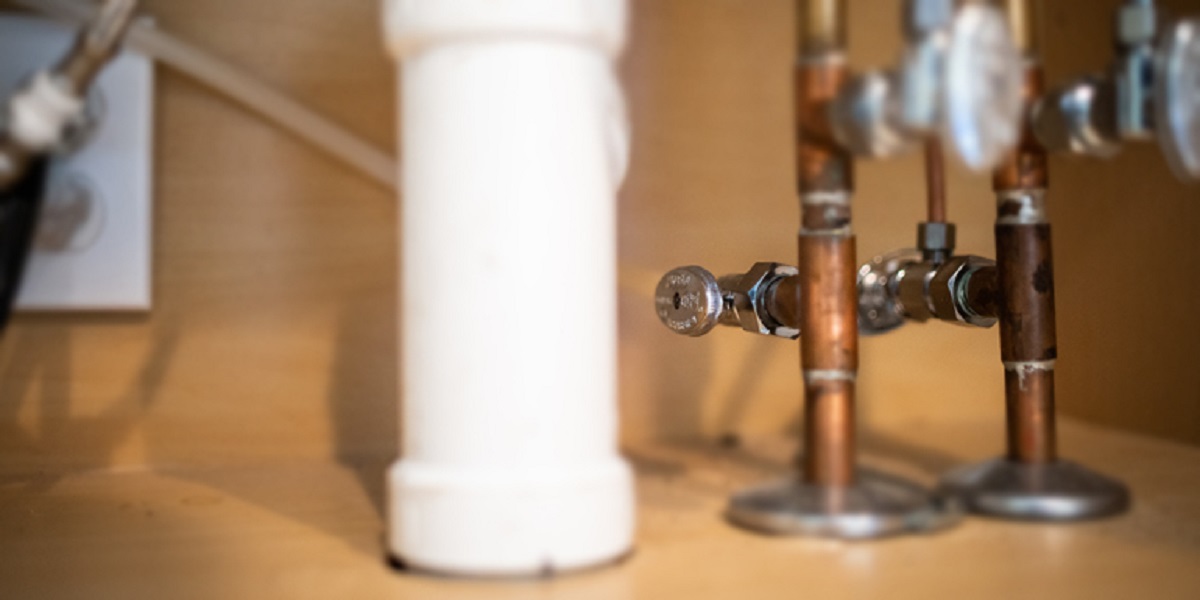
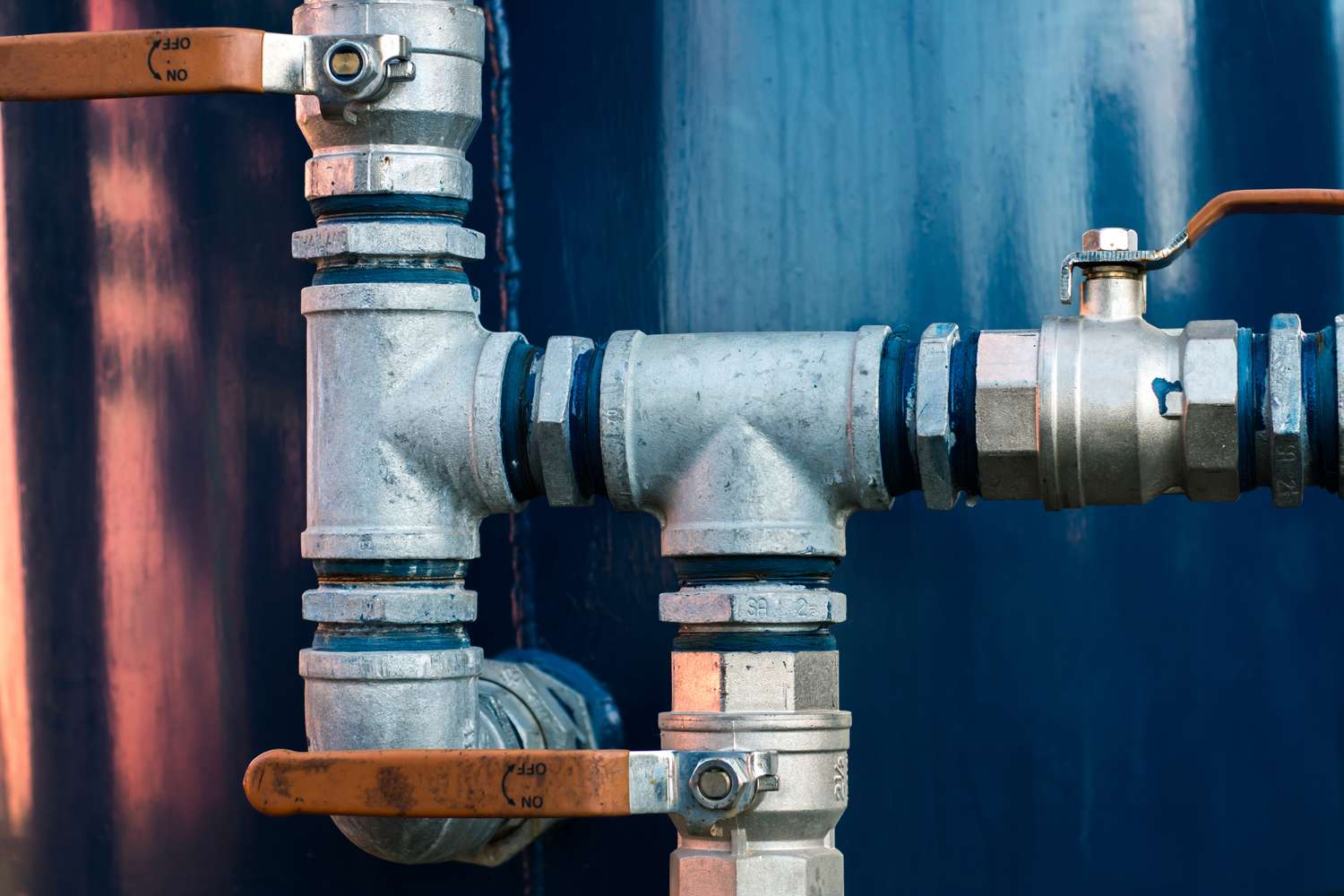
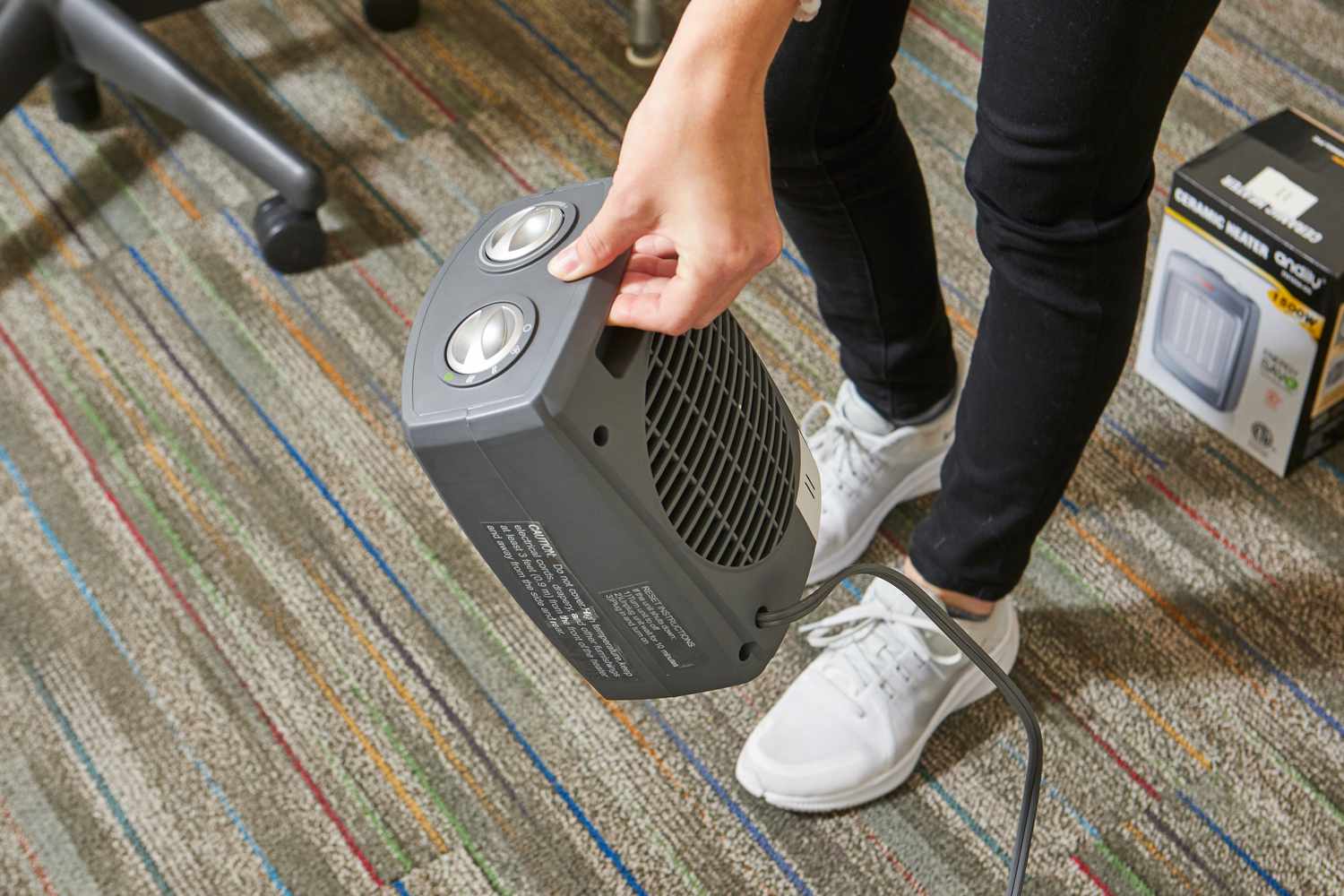
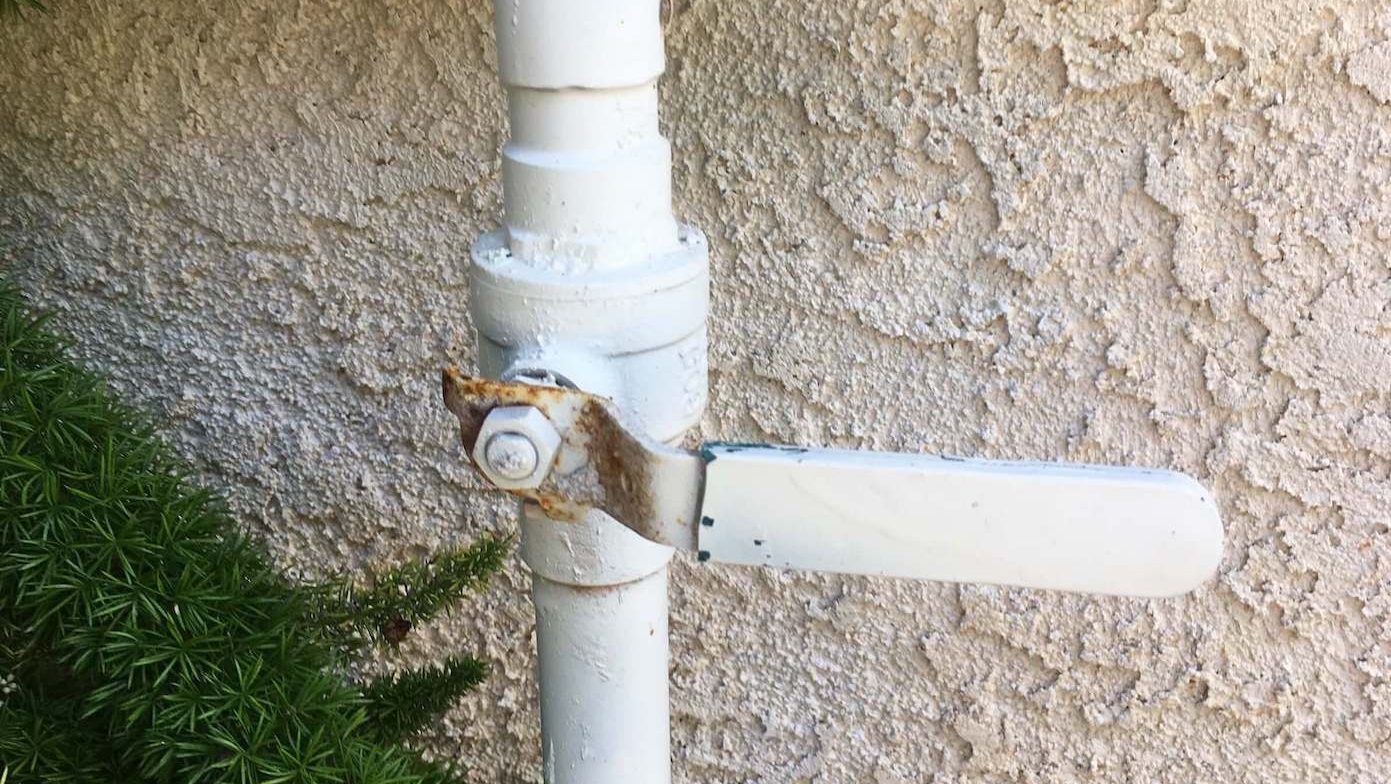
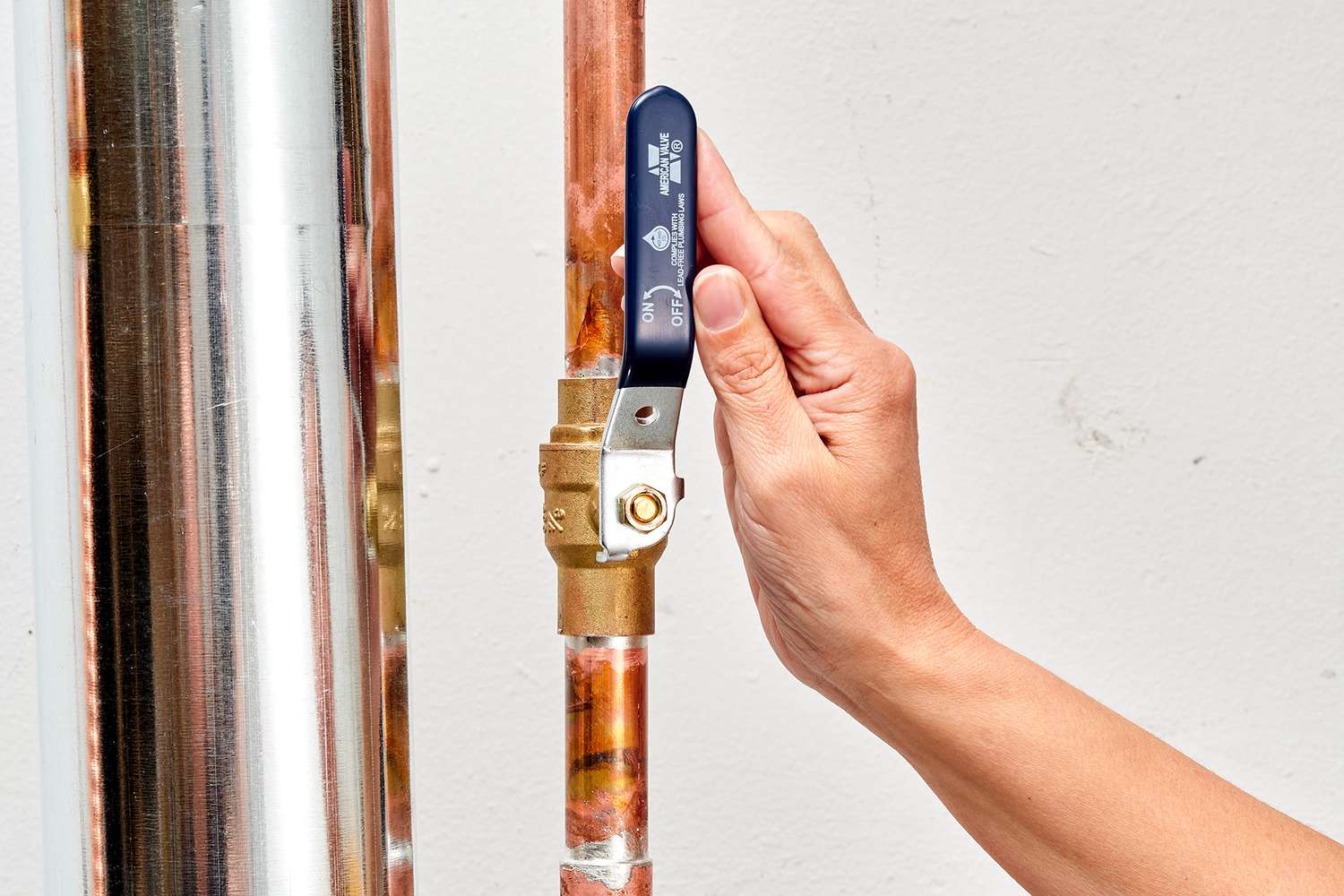
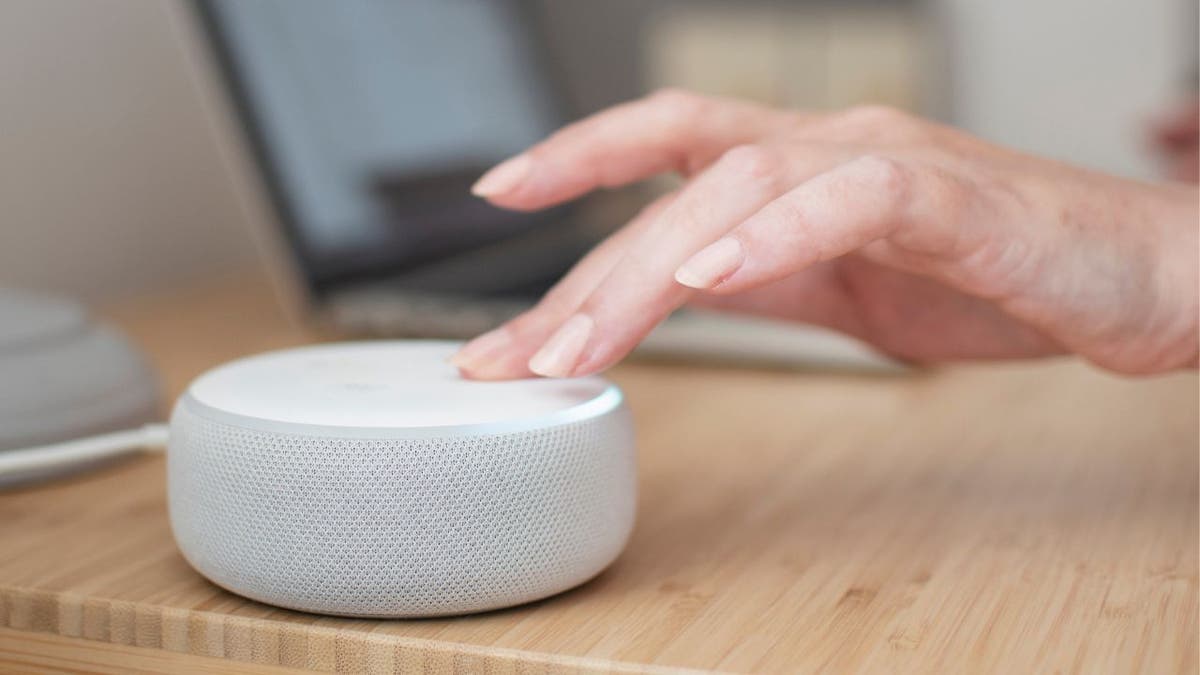
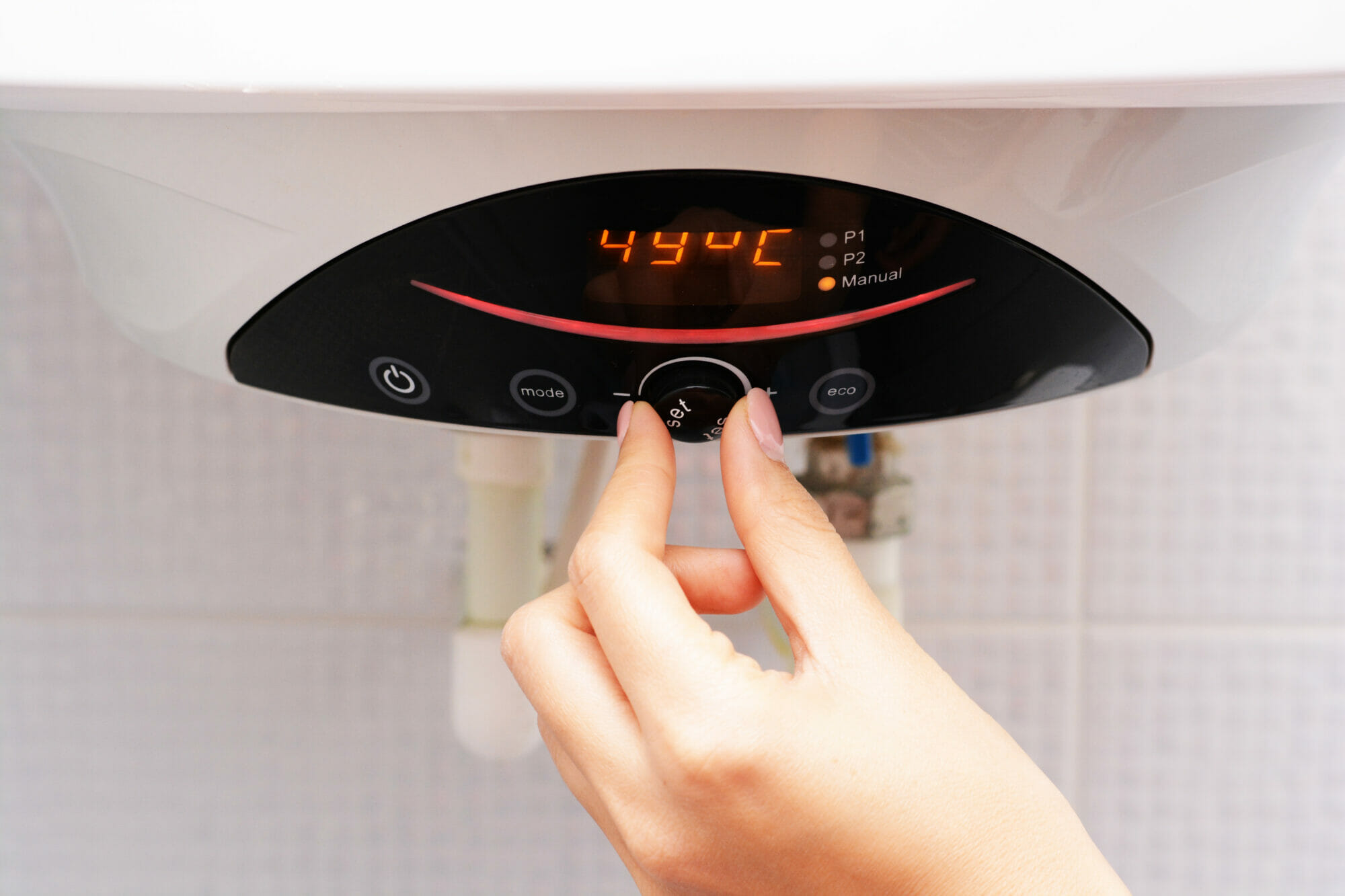
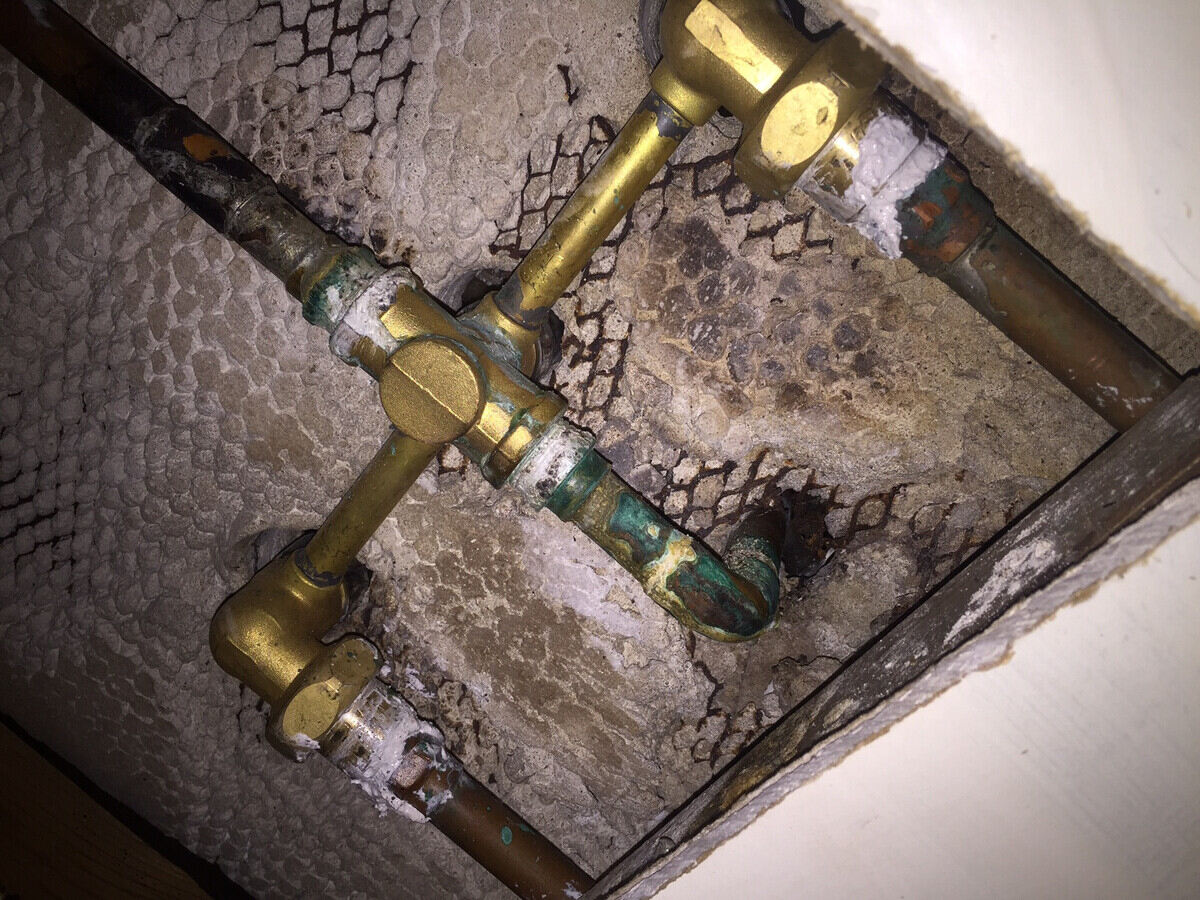
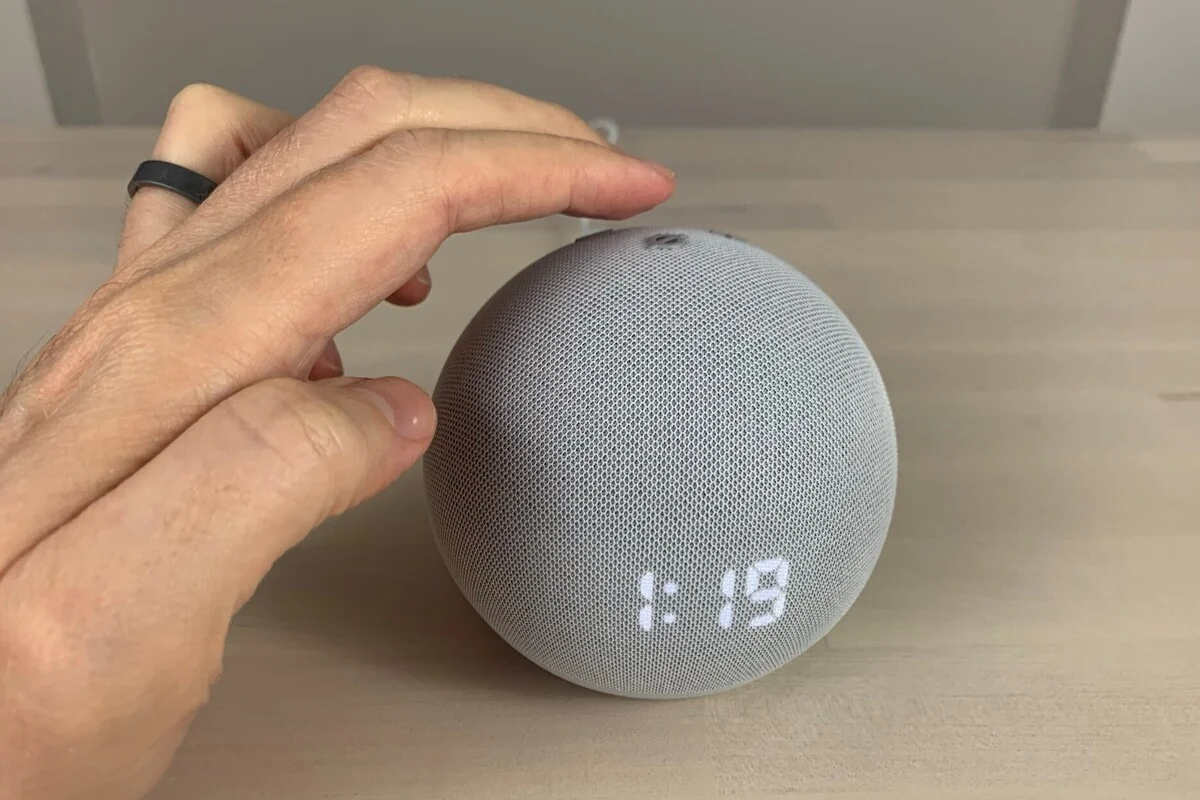
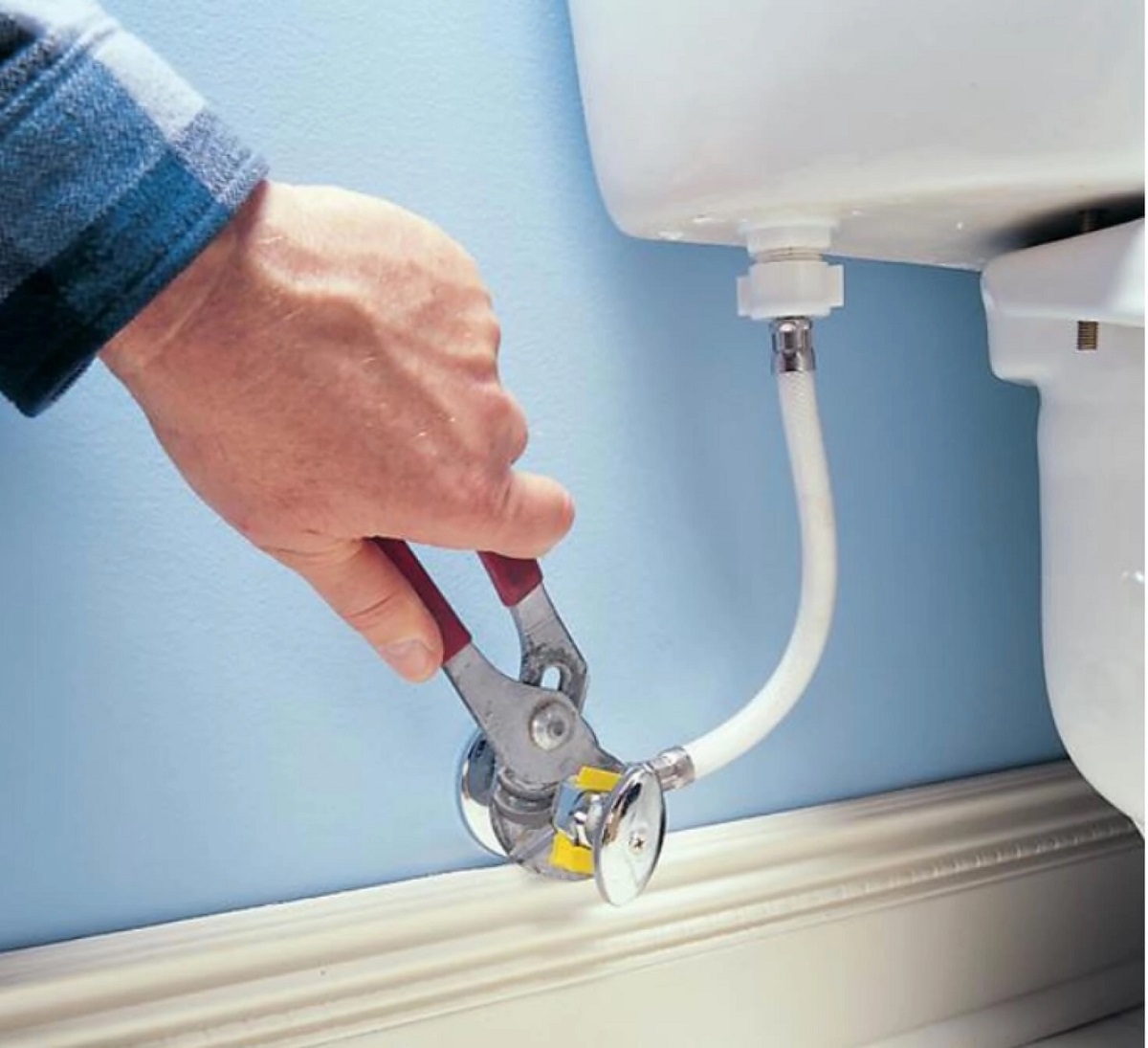
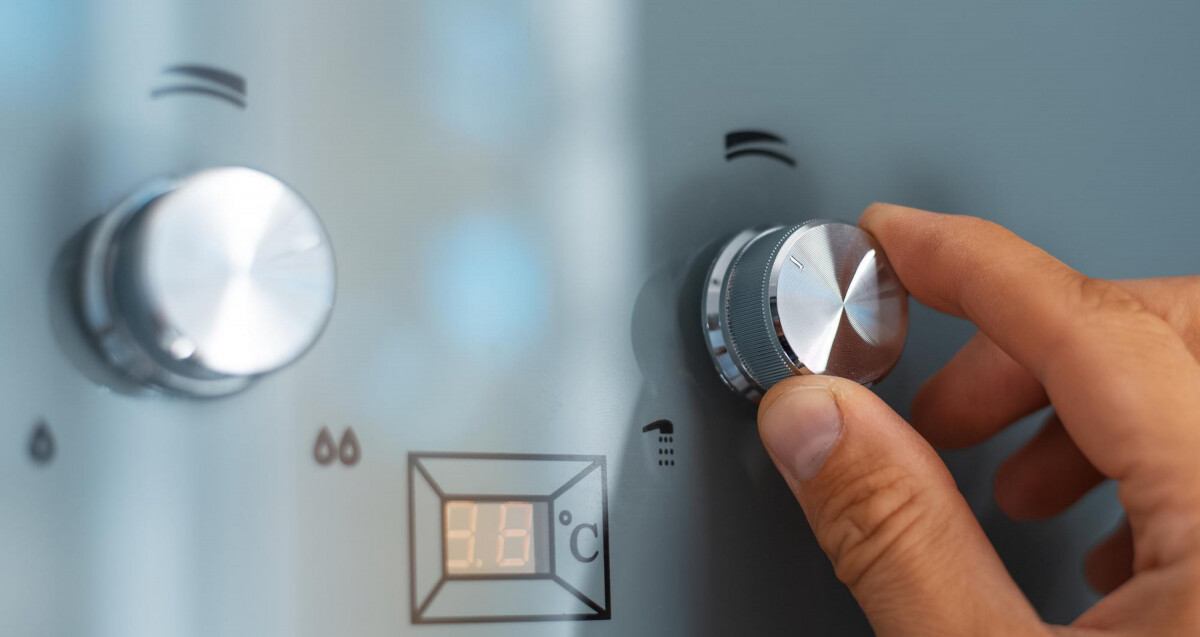
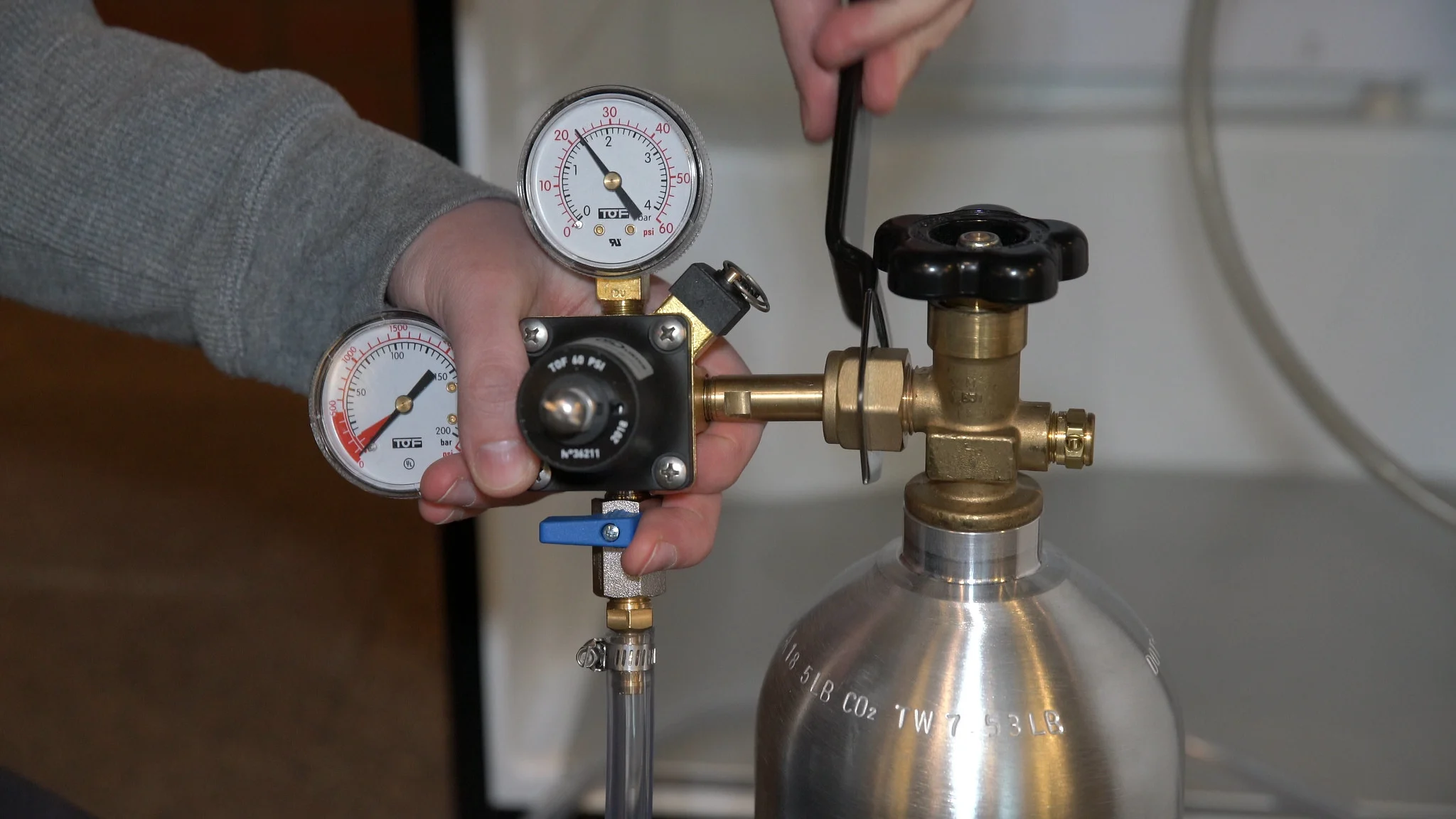
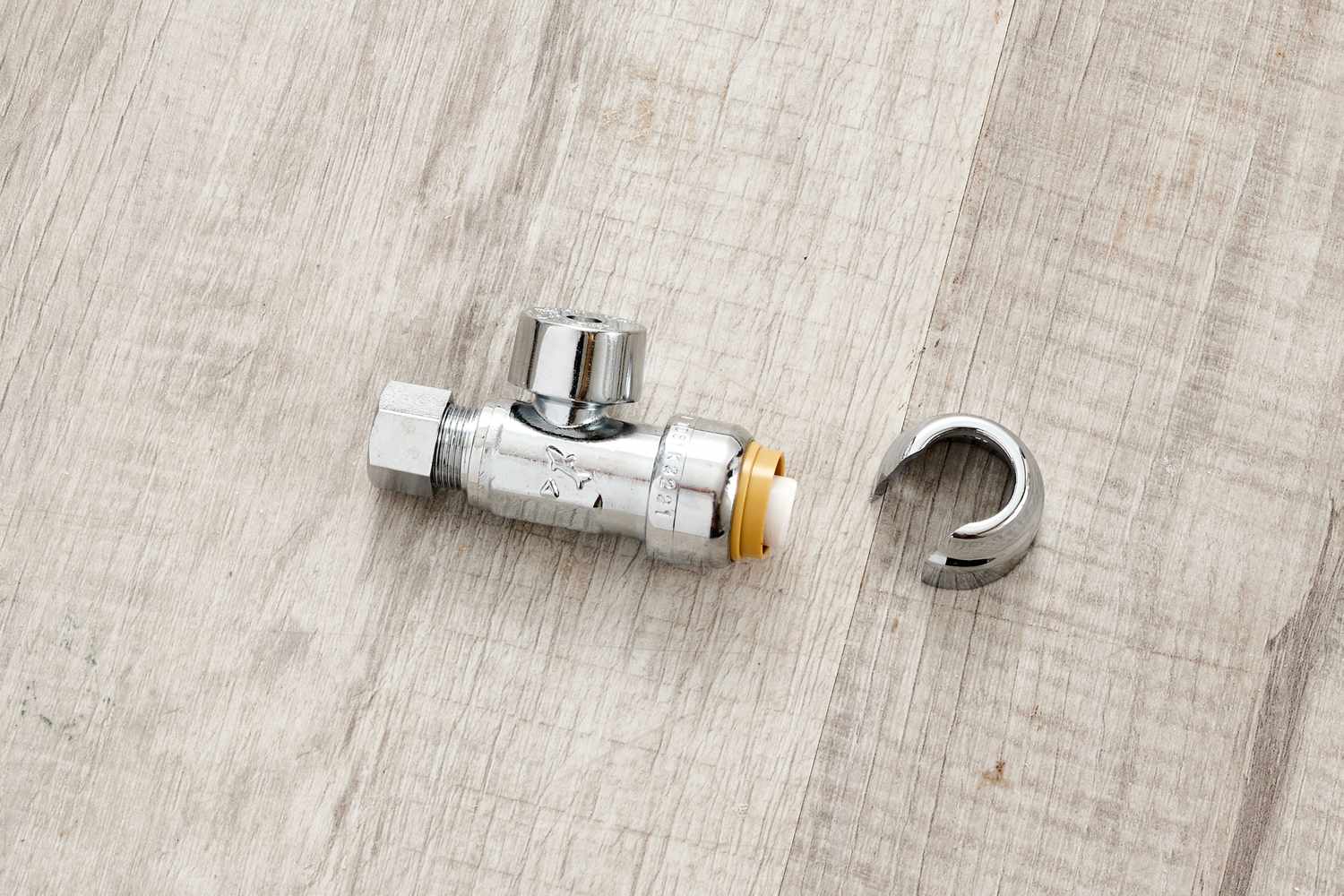
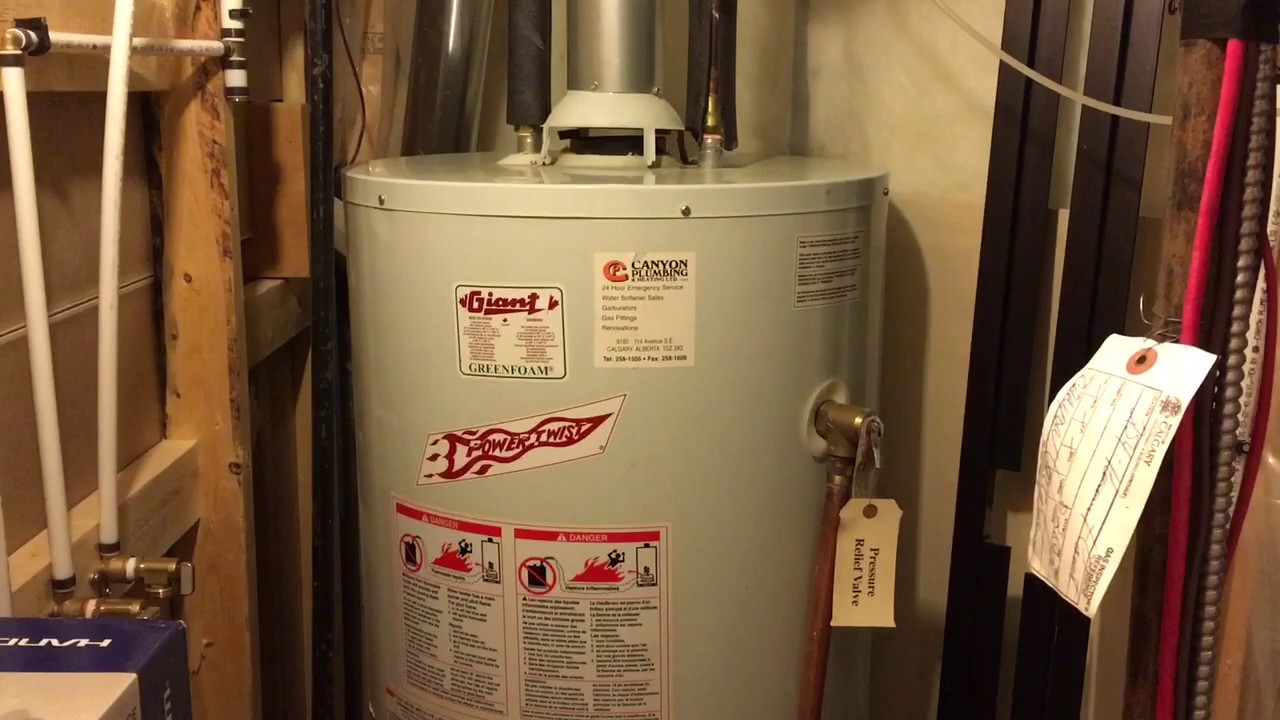

0 thoughts on “How To Shut Water Off To Water Heater”